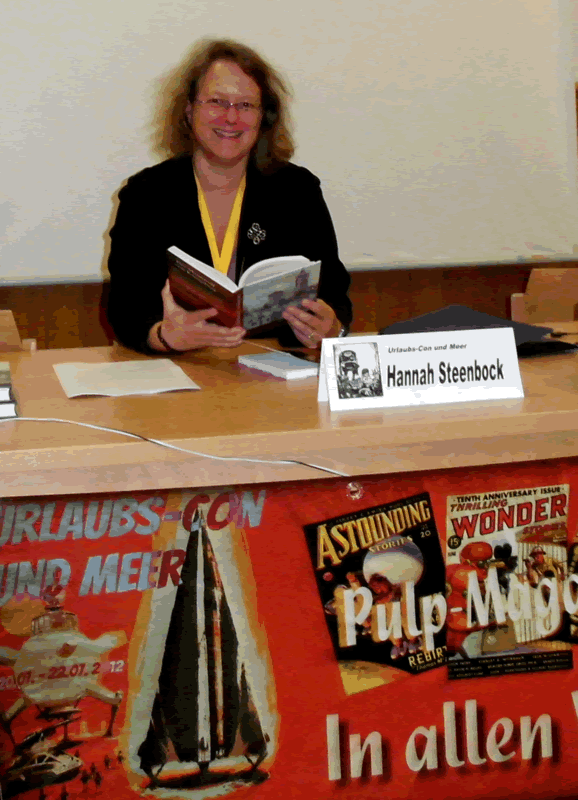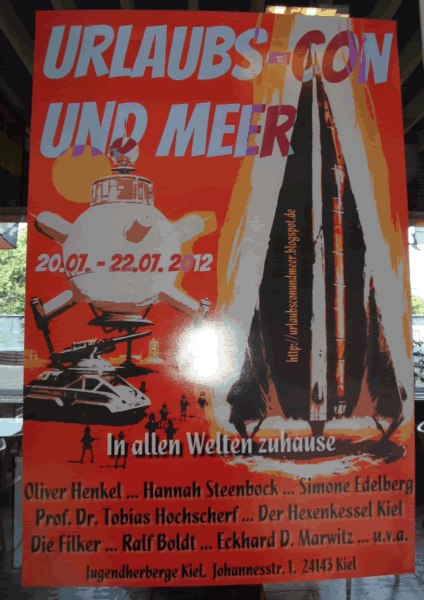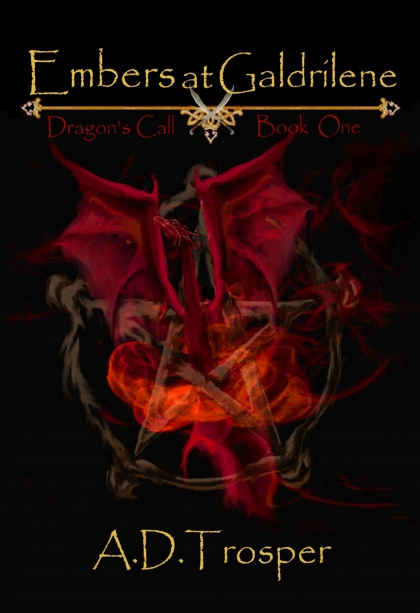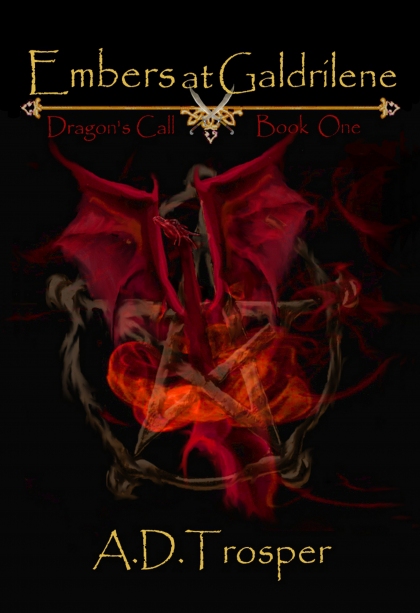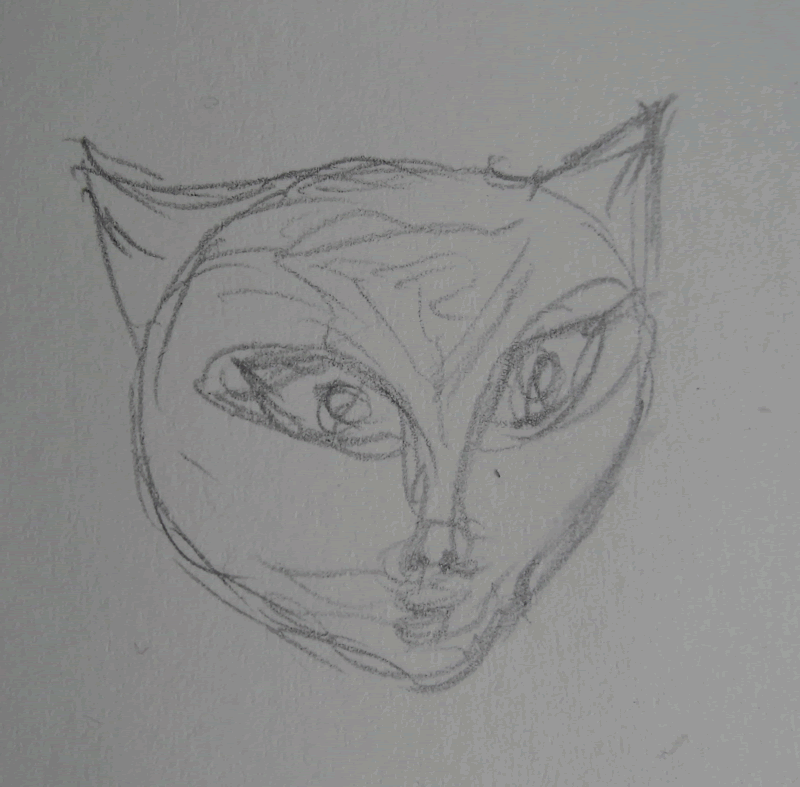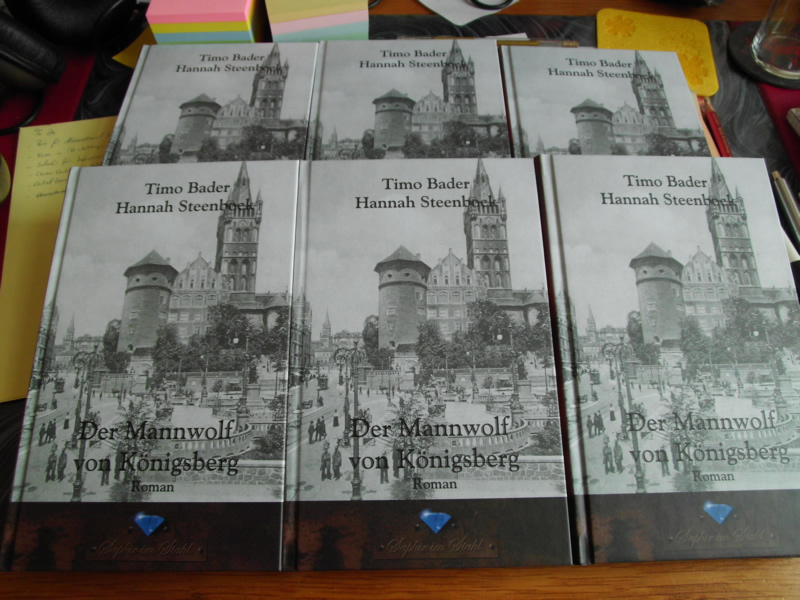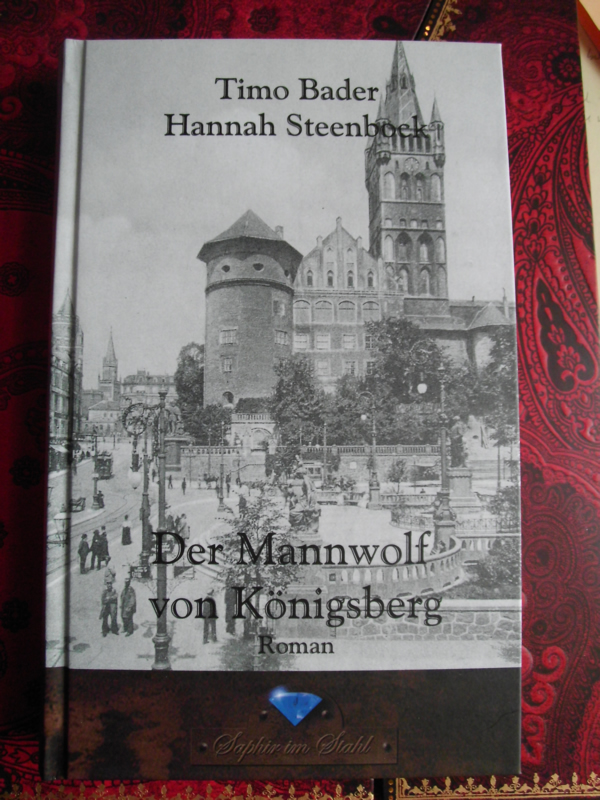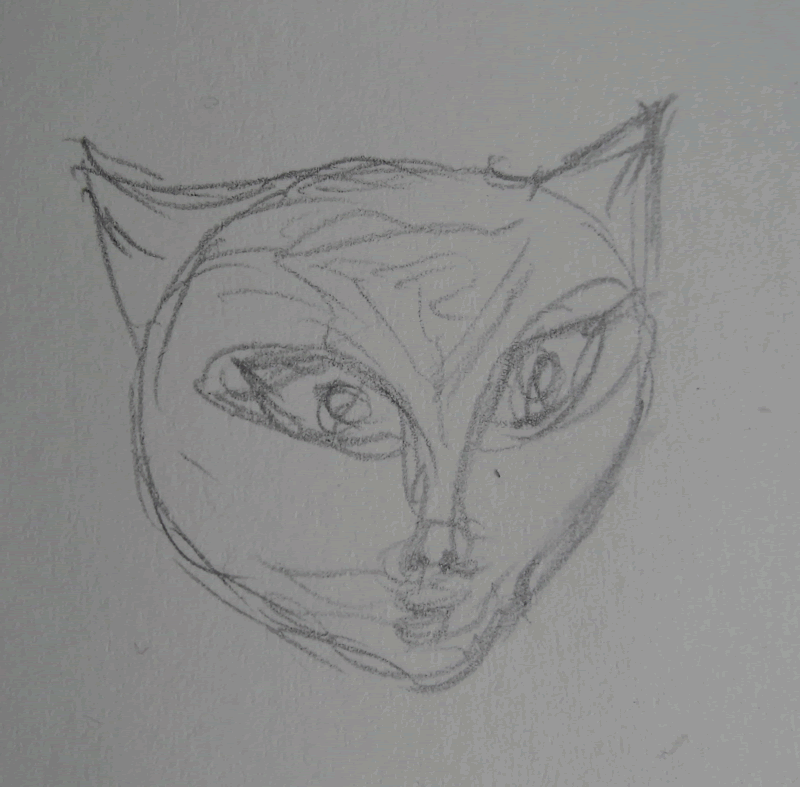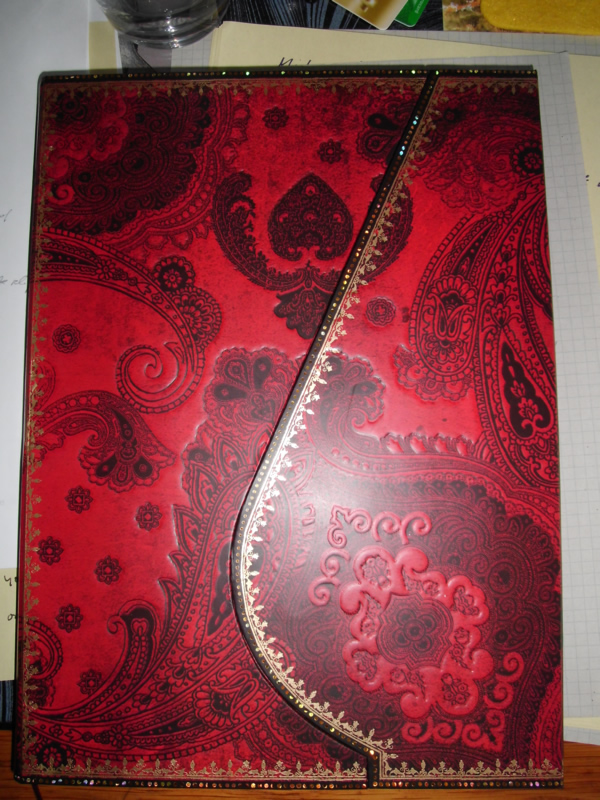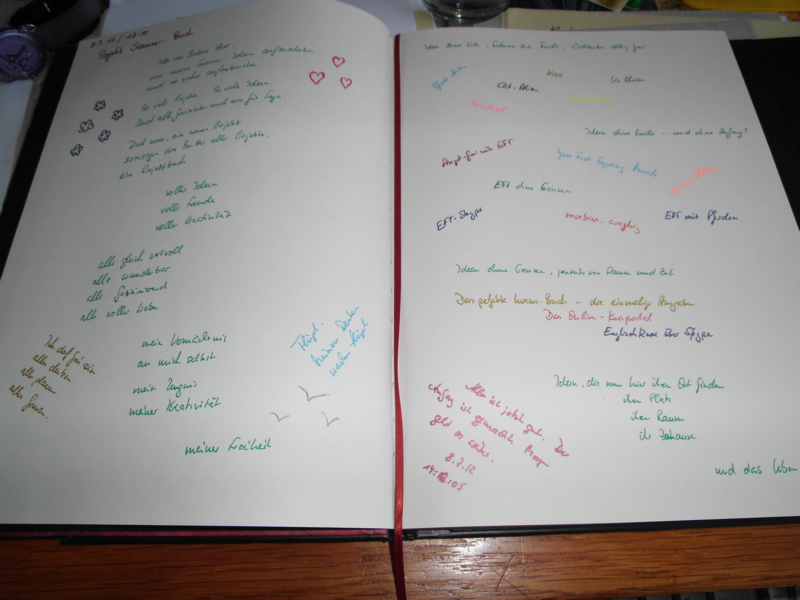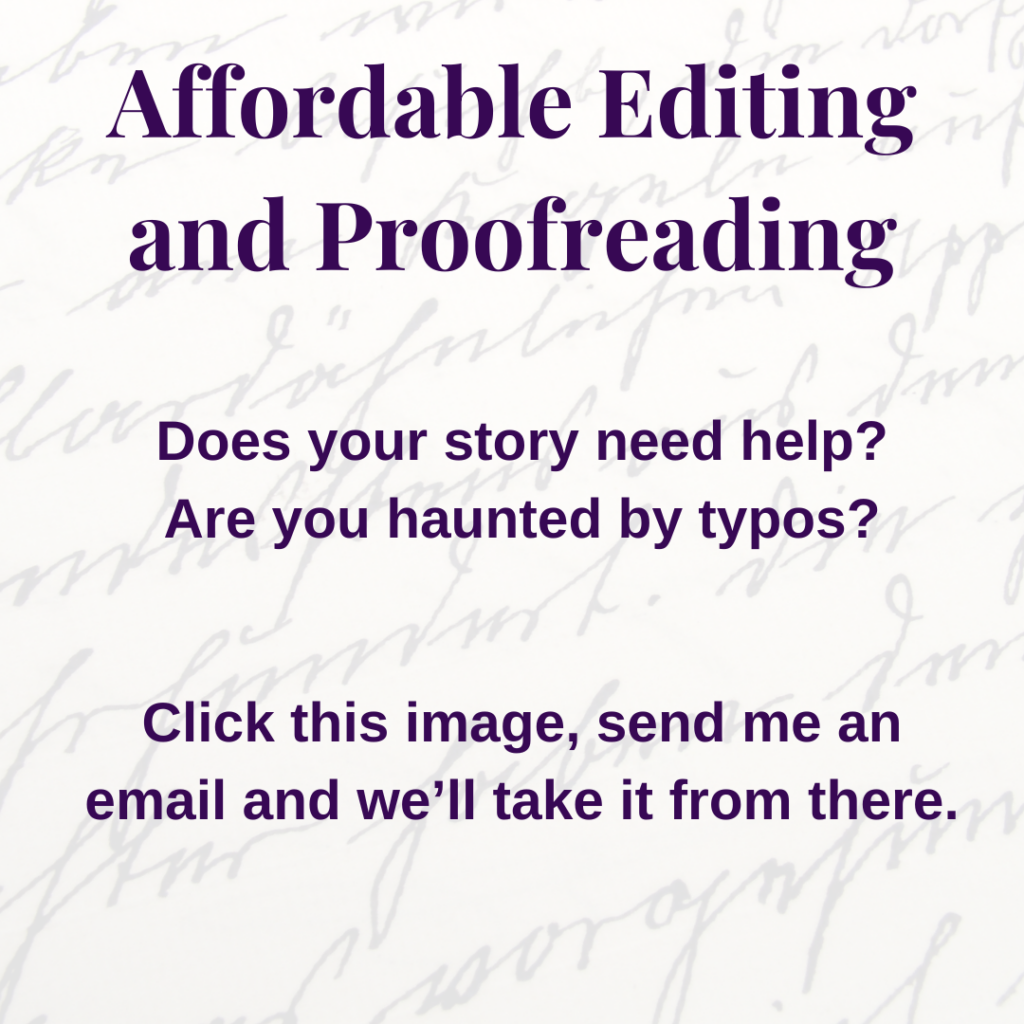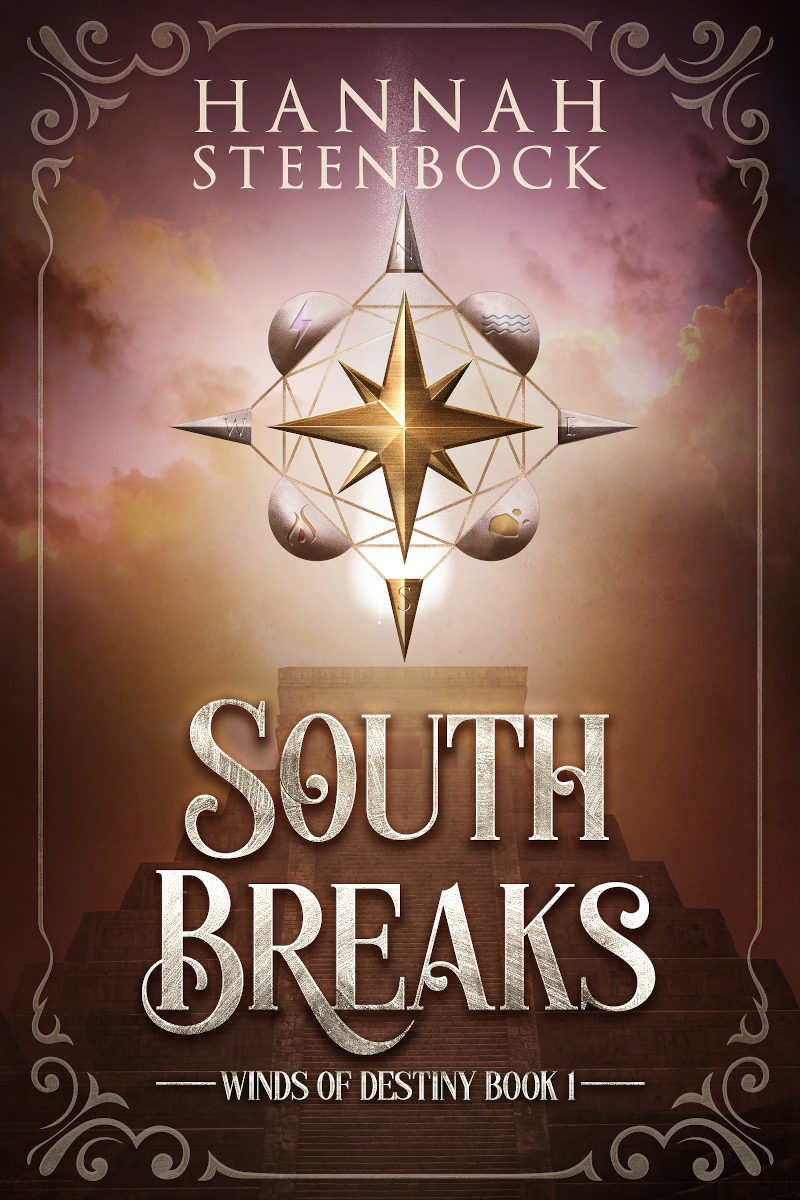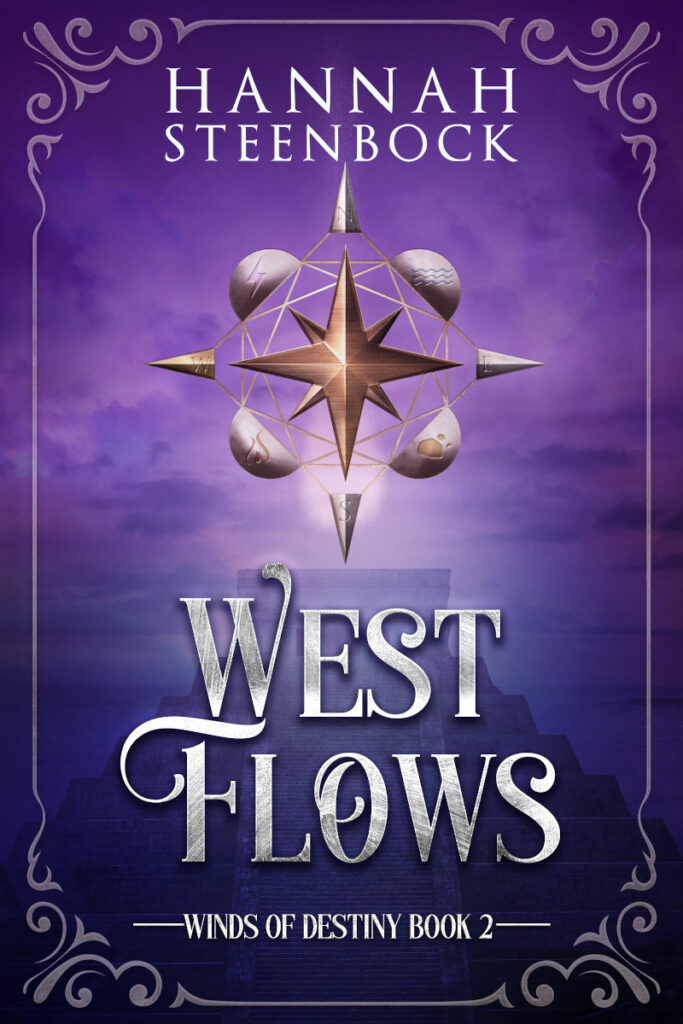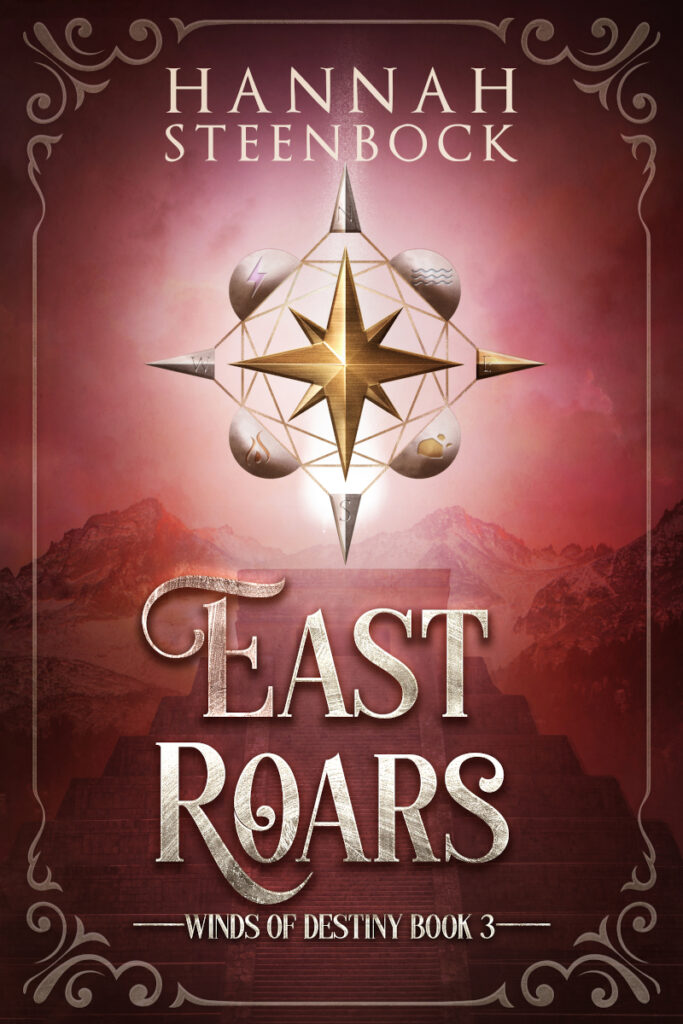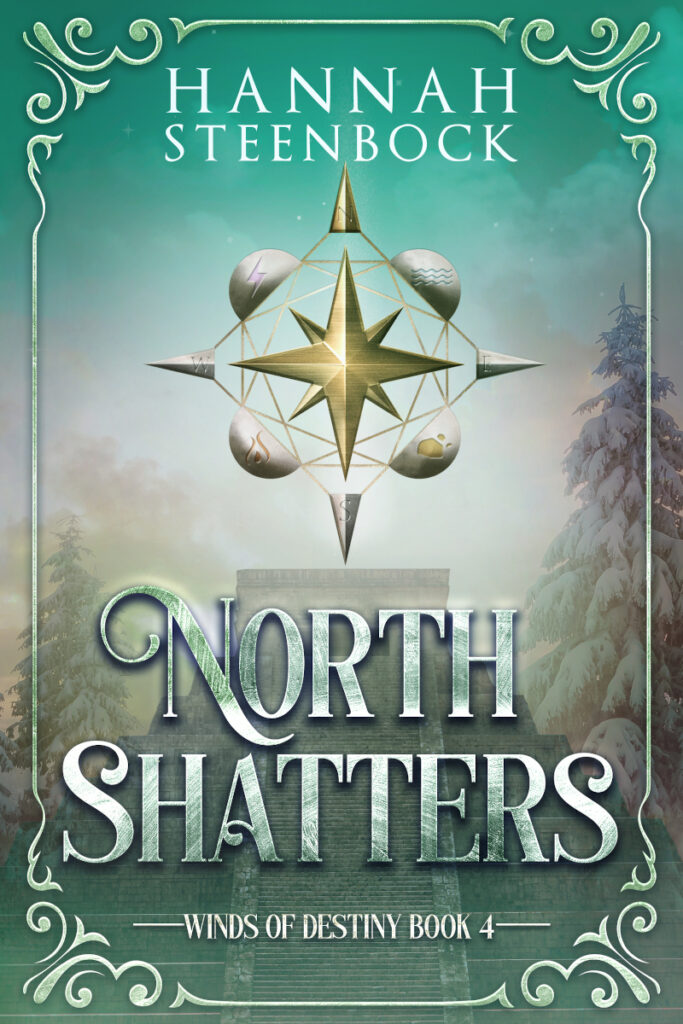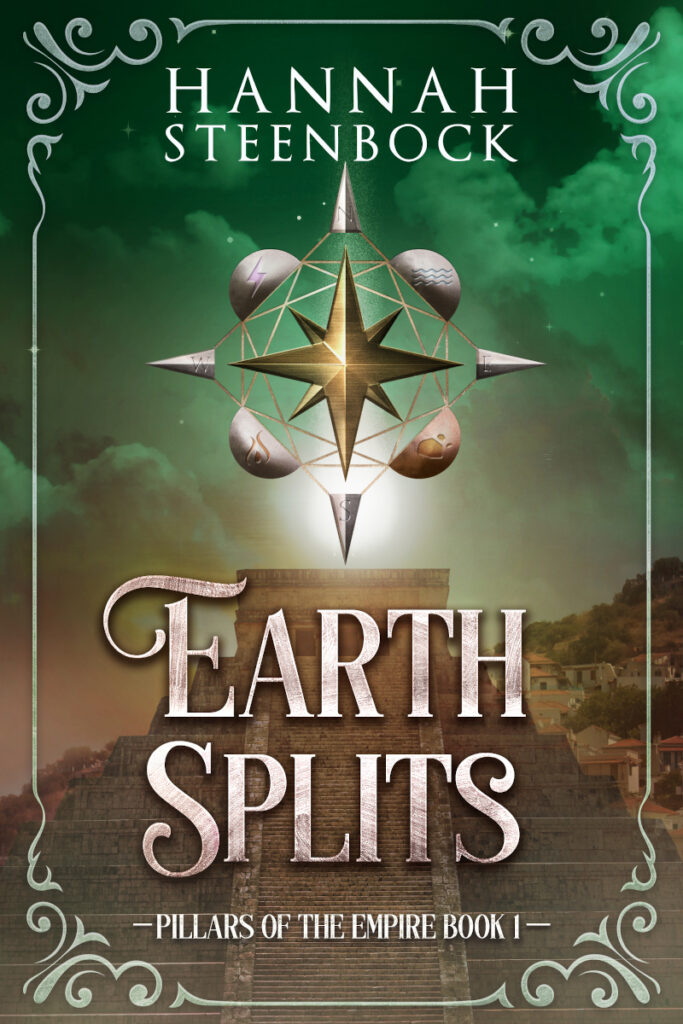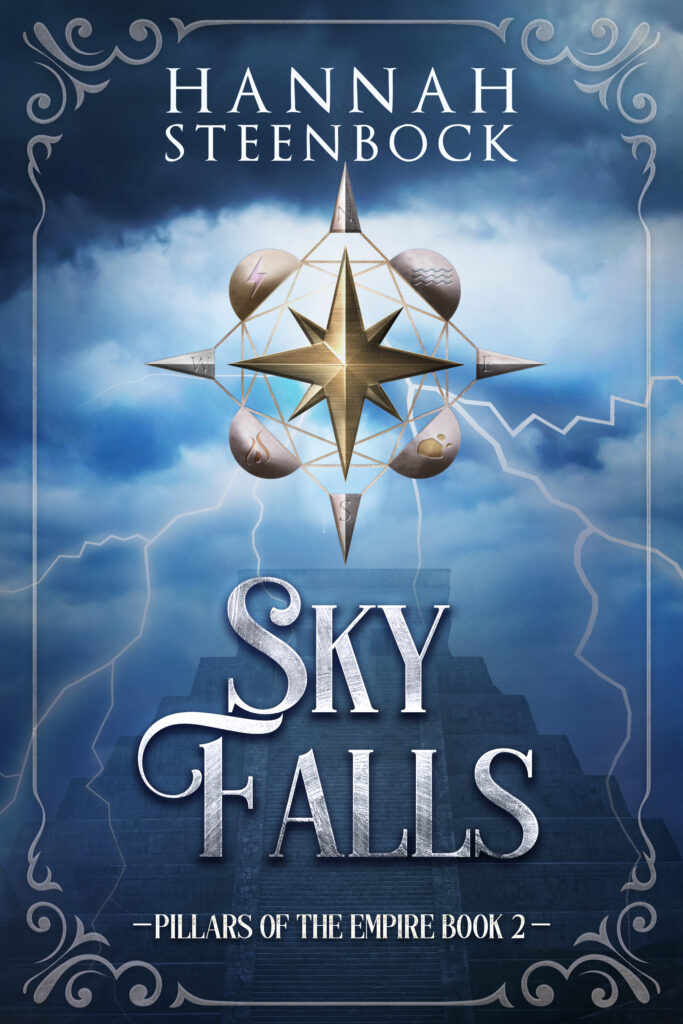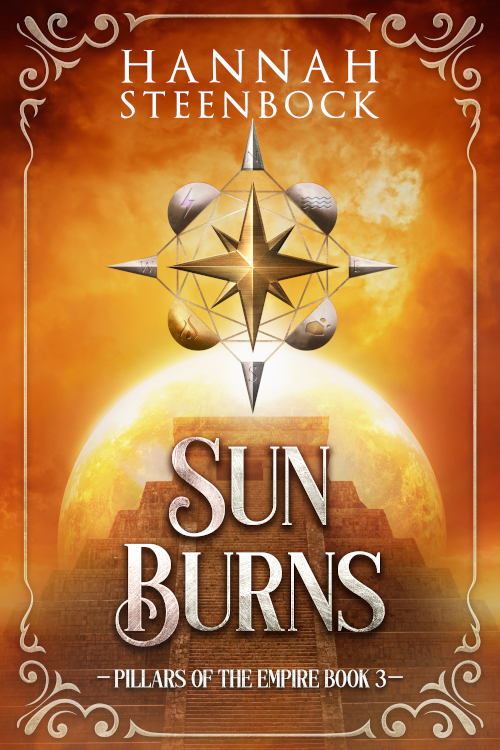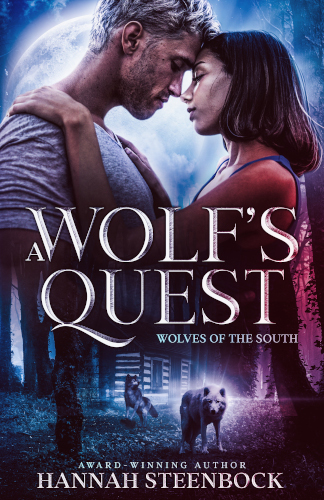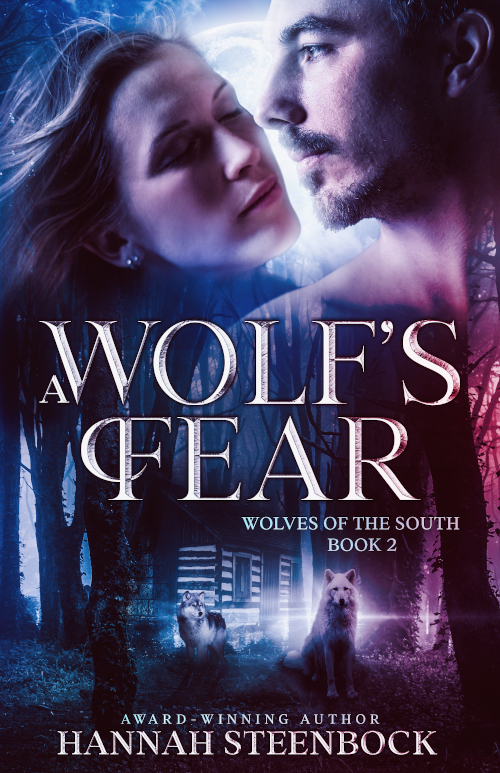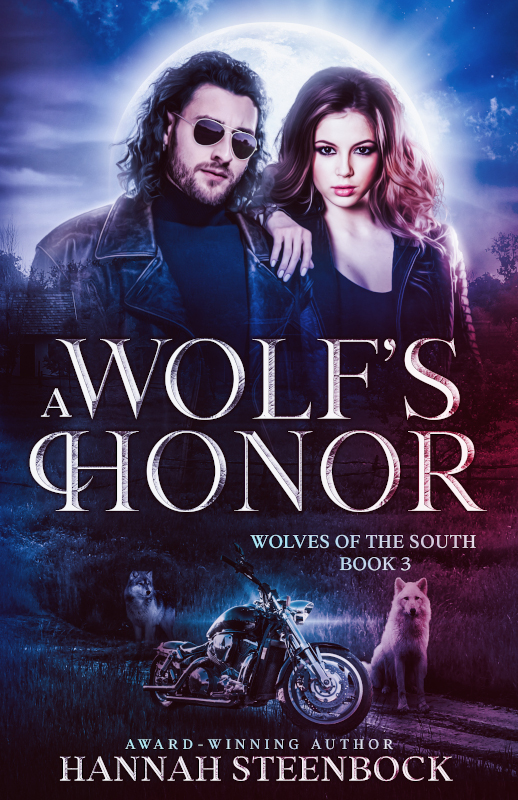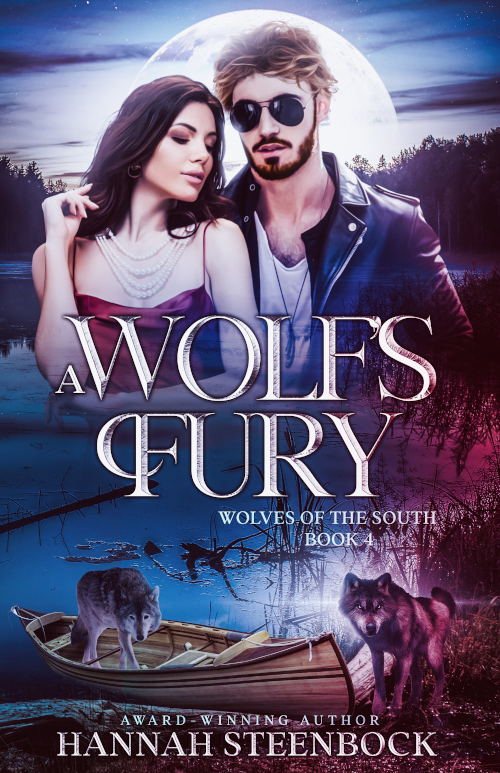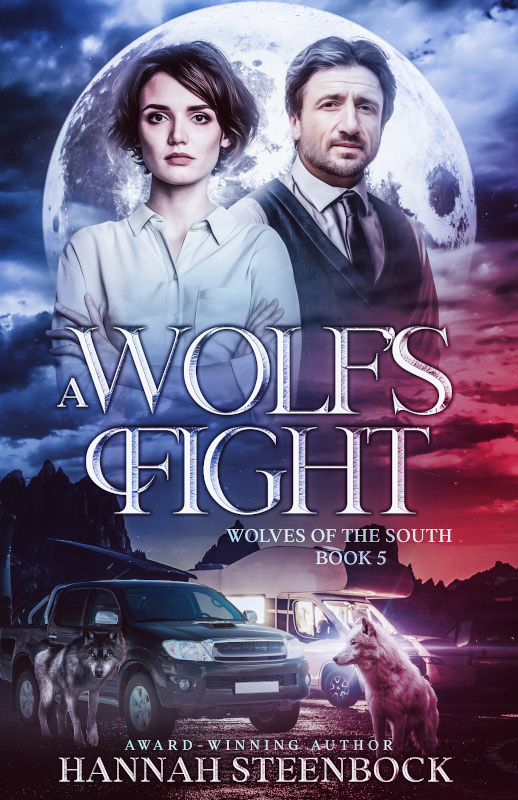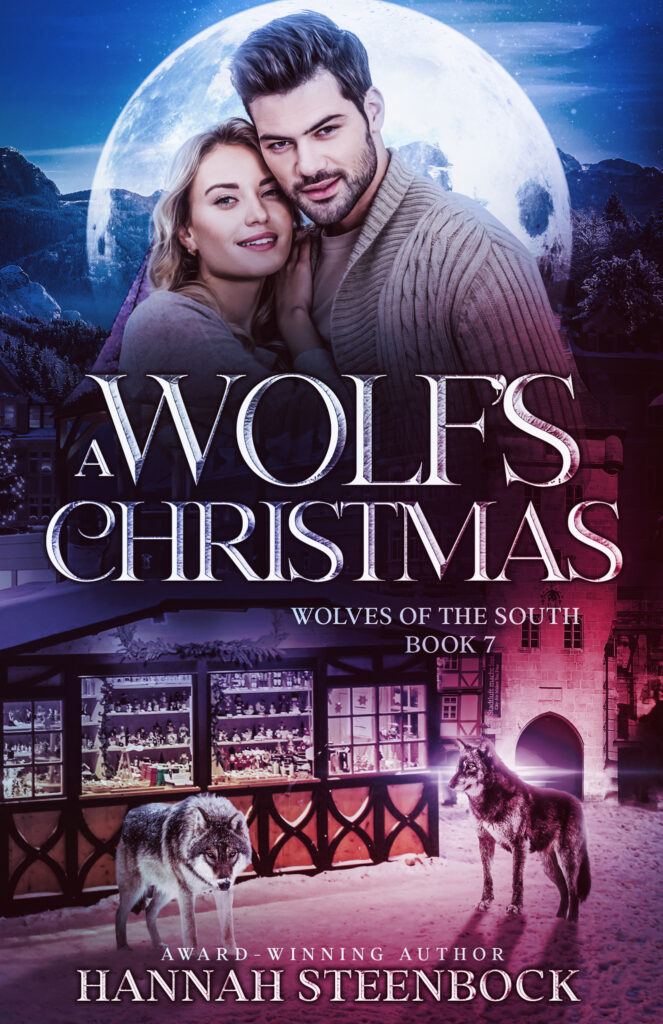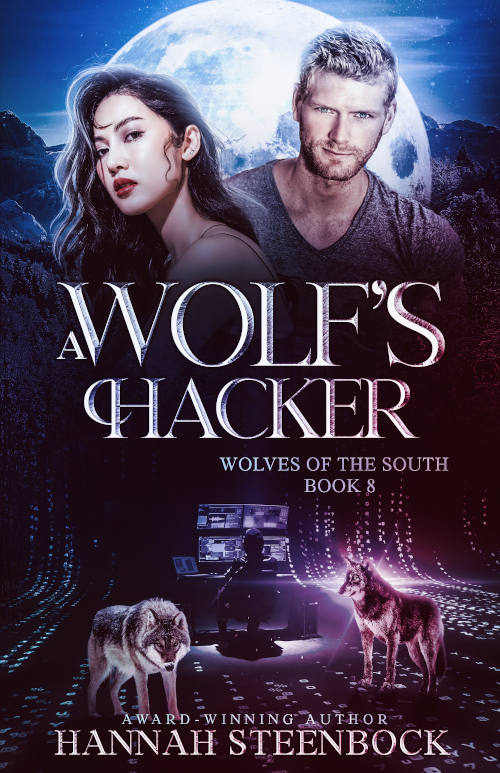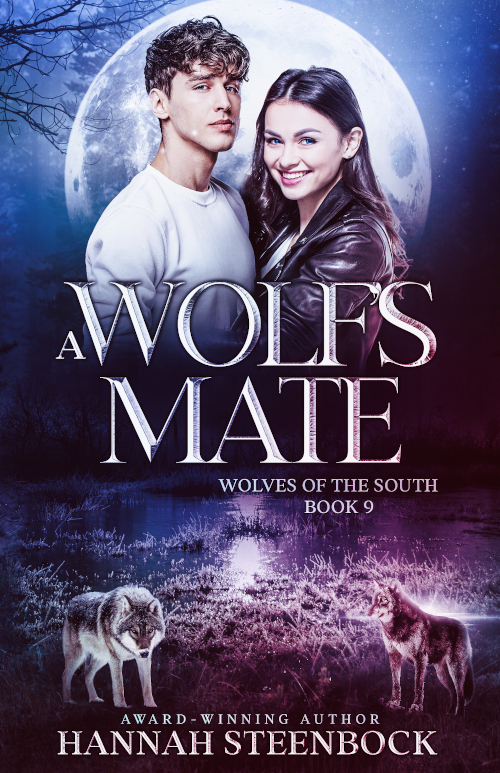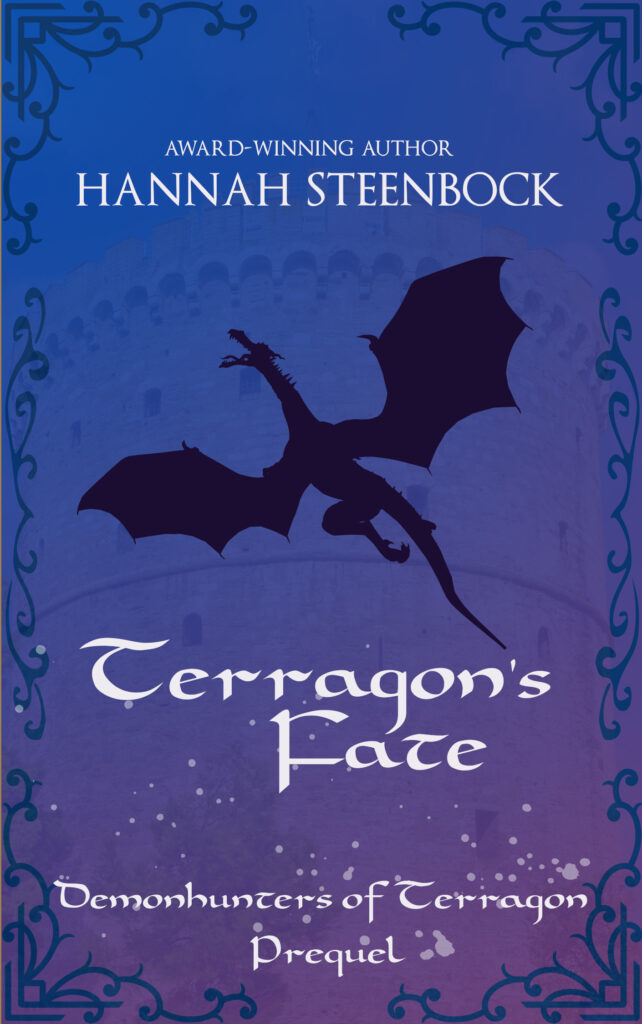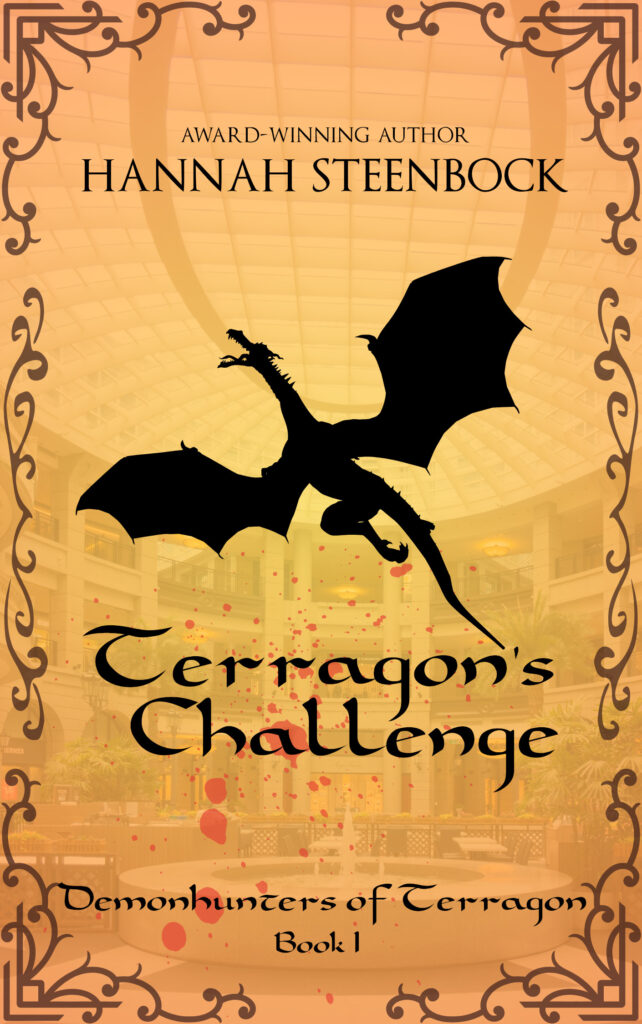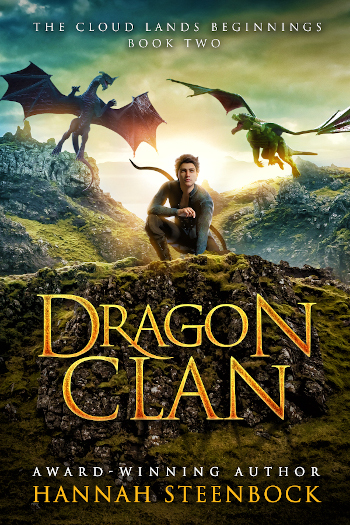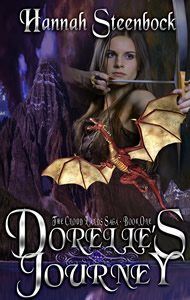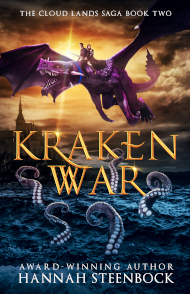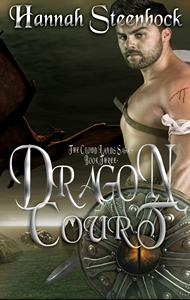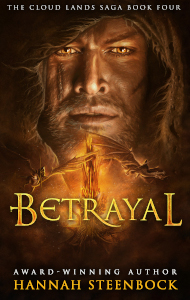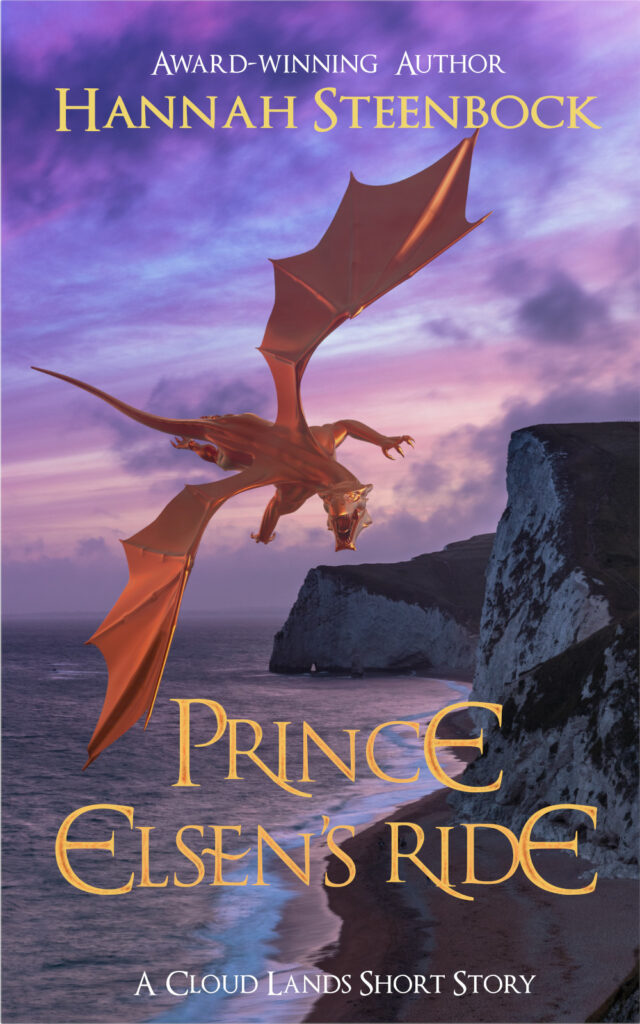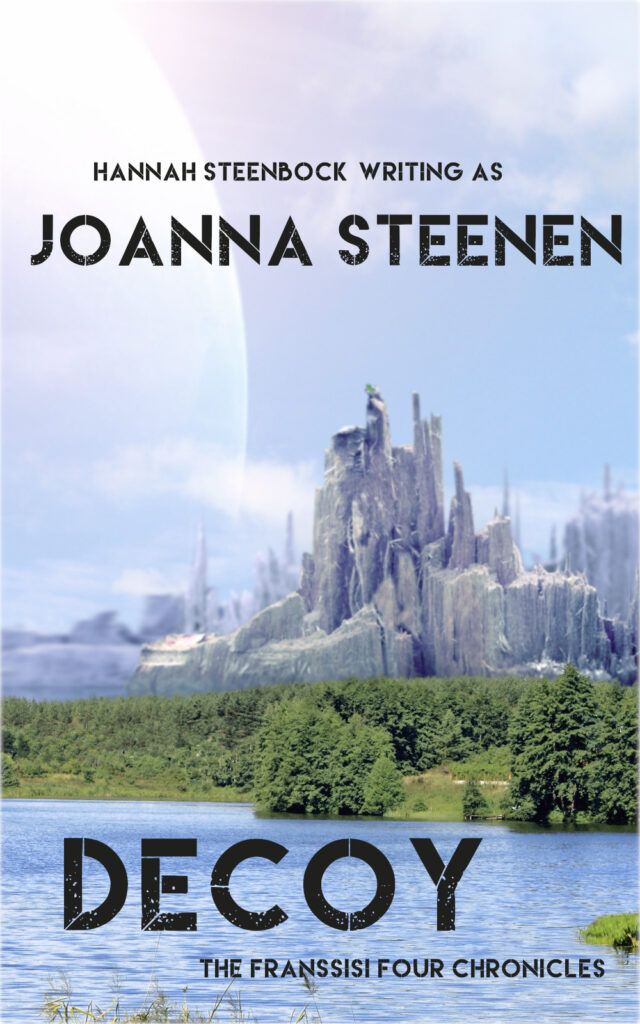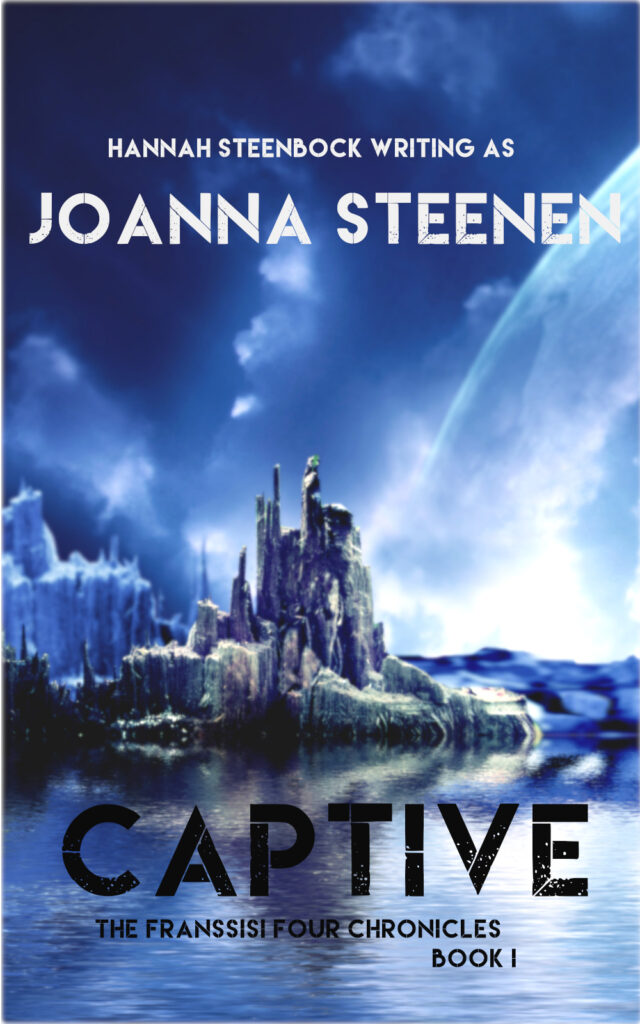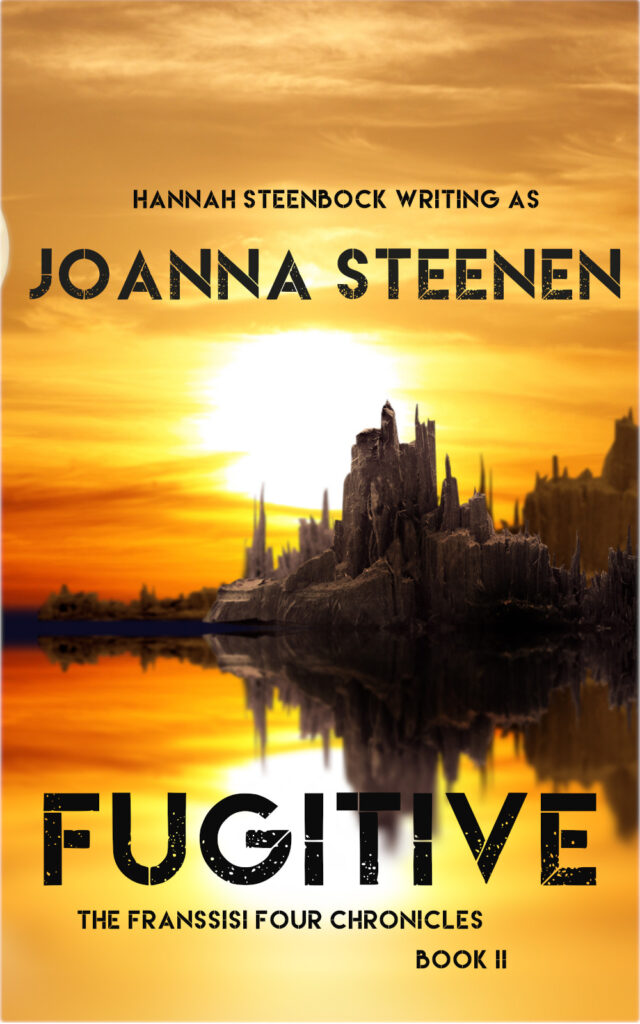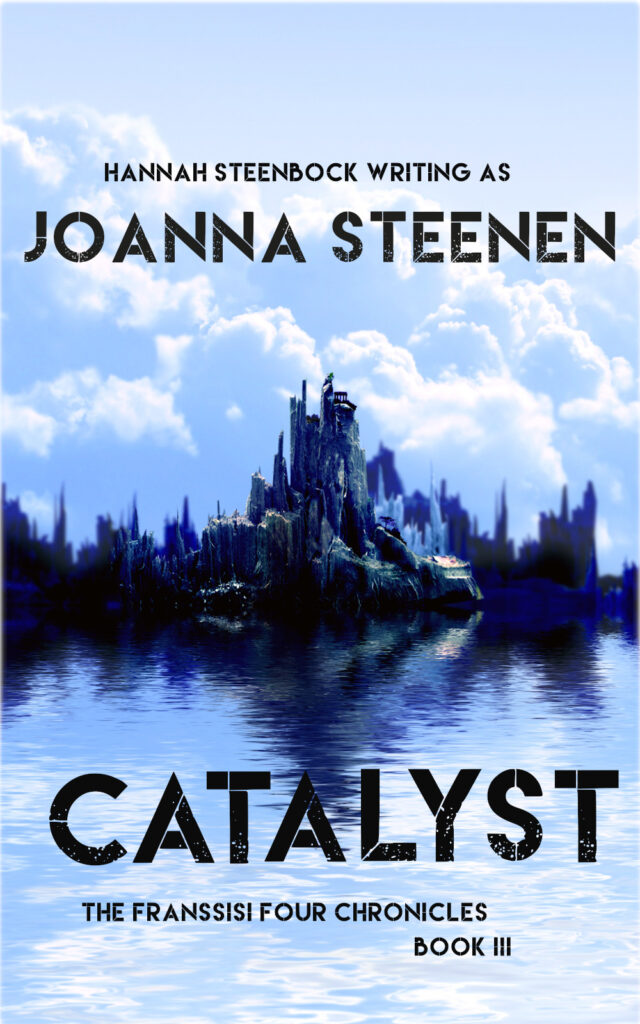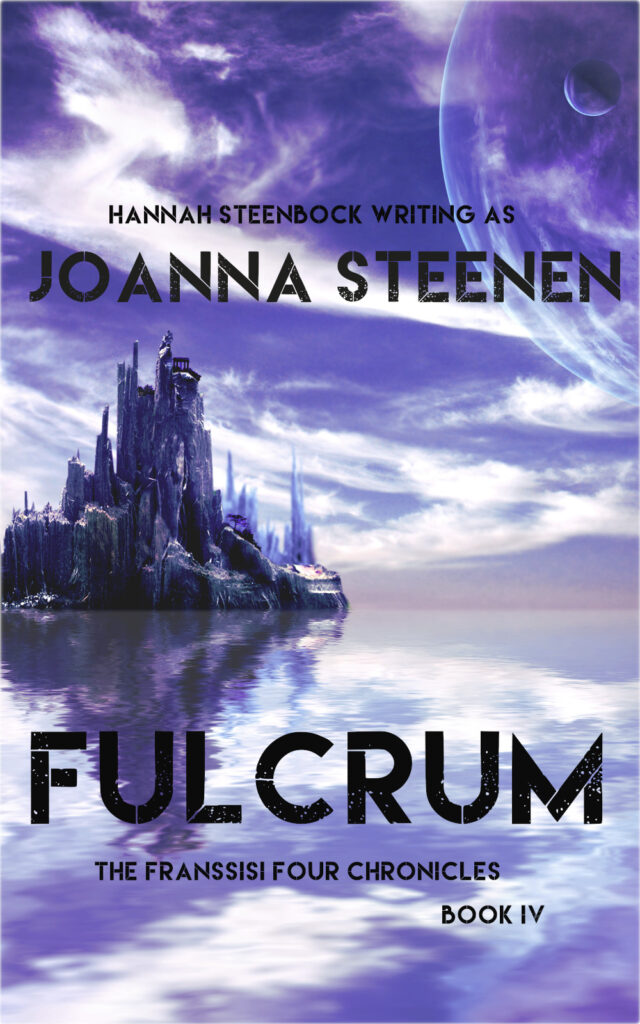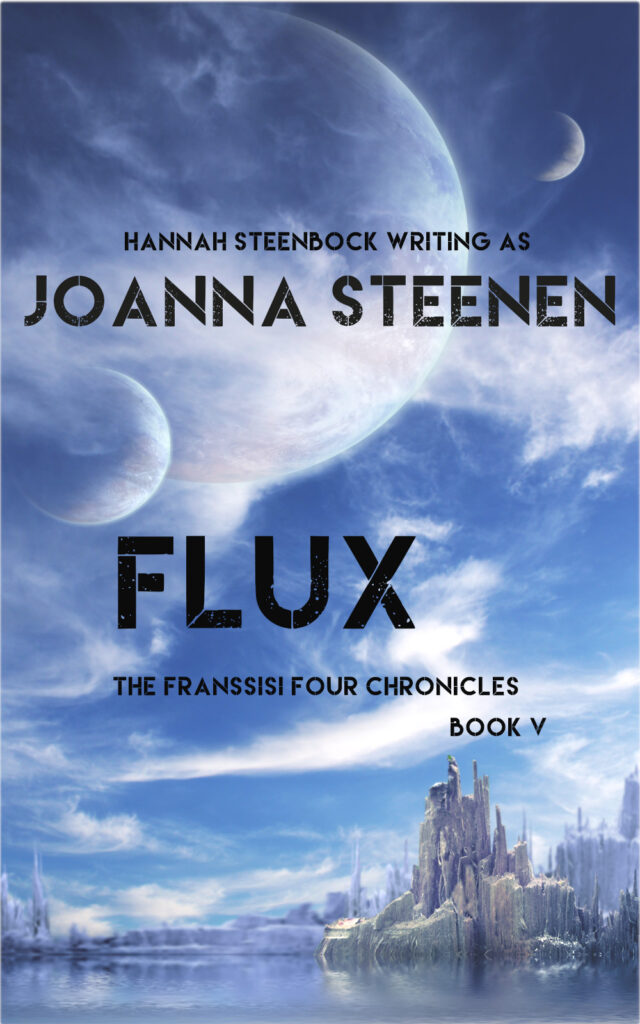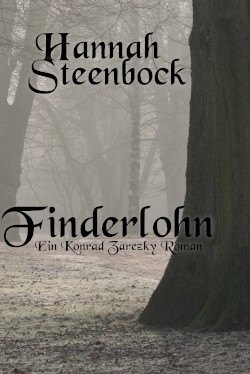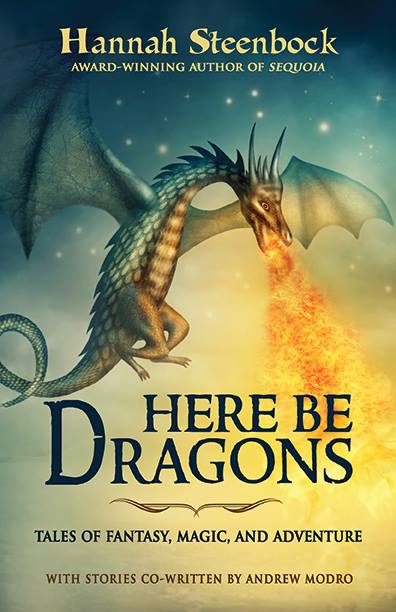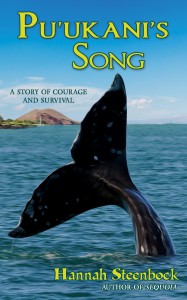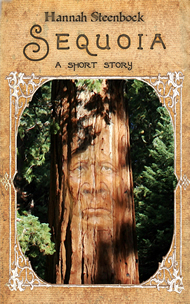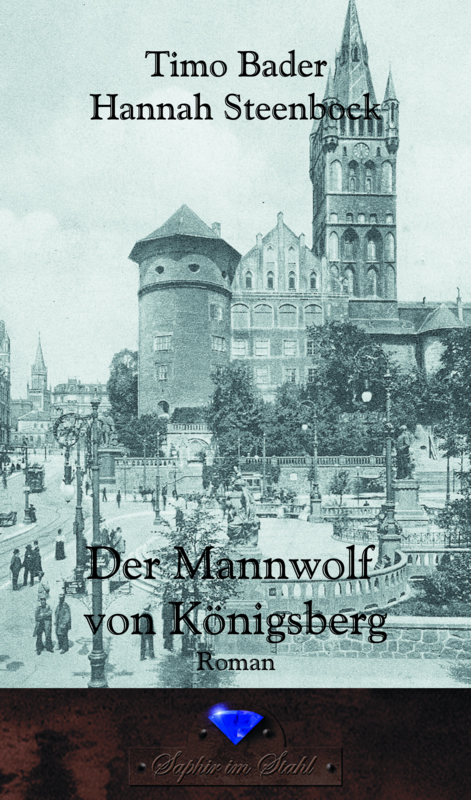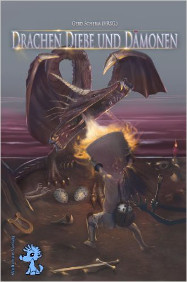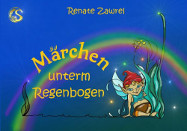Kennt ihr das? Einen besten Schreibfreund oder eine beste Schreibfreundin? Nein, ich meine keine Beta-Leser, obwohl die natürlich auch ganz wichtig sind.
Nein, eine Schreibfreundin ist jemand, die alles liest, was man schreibt. Jemand, die wohlwollende Kommentare abgibt, die sich in die Geschichten hineinversenkt – und die dann unglaublich hilfreiche, tiefgehende und inspirierende Fragen stellt.
Das sind im Prinzipganz einfache Fragen: Wieso macht der das? Warum läuft das so? Wie würde der wohl reagieren, wenn? Aber es sind Fragen, die man sich selbst selten so konsequent stellt. Fragen, die Figuren erweitern. Fragen, die zum Nachdenken anregen. Fragen, die eine Welt verändern können.
Ich habe so eine wunderbare Schreibfreundin. Sie kritisiert nicht, sie sagt nie etwas Schlechtes über eine Geschichte, und lange habe ich gedacht, das sei schade. Aber sie macht etwas viel Wichtigeres: Sie glaubt an mich und liebt meine Geschichten. Und das ist Dünger für die Inspiration.
Sie hinterfragt ganz liebevoll meine Figuren, meine Gesellschaften, meine Welten. Sie hilft mir auf ihre sanfte, warmherzige Art, viel bessere Geschichten zu schreiben. Ohne sie wäre die kleine Grafschaft Lar Elien nicht zu der umfangreichen Welt herangewachsen, in der diese Grafschaft jetzt liegt. Ich bin meiner Schreibfreundin unendlich dankbar, gerade wo sie trotz aller eigenen Sorgen wieder eine Geschichte von mir liebt, düngt und wässert. Deswegen die Orchidee – weil sie für mich ein wenig eine geliebte Geschichte repräsentiert.
Ich glaube, jede Autorin, jeder Autor braucht so eine Schreibfreundin. Jemanden, der an euch glaubt, der eure Geschichten bedingungslos liebt – wie die Psychologen sagen – und der euch genau deswegen dazu bringt, noch mehr und noch besser zu schreiben.
Liebe Schreibfreundin – und wenn du dies liest, wirst du wissen, dass genau du gemeint bist – liebe Schreibfreundin: Danke. Vielen, vielen Dank.


